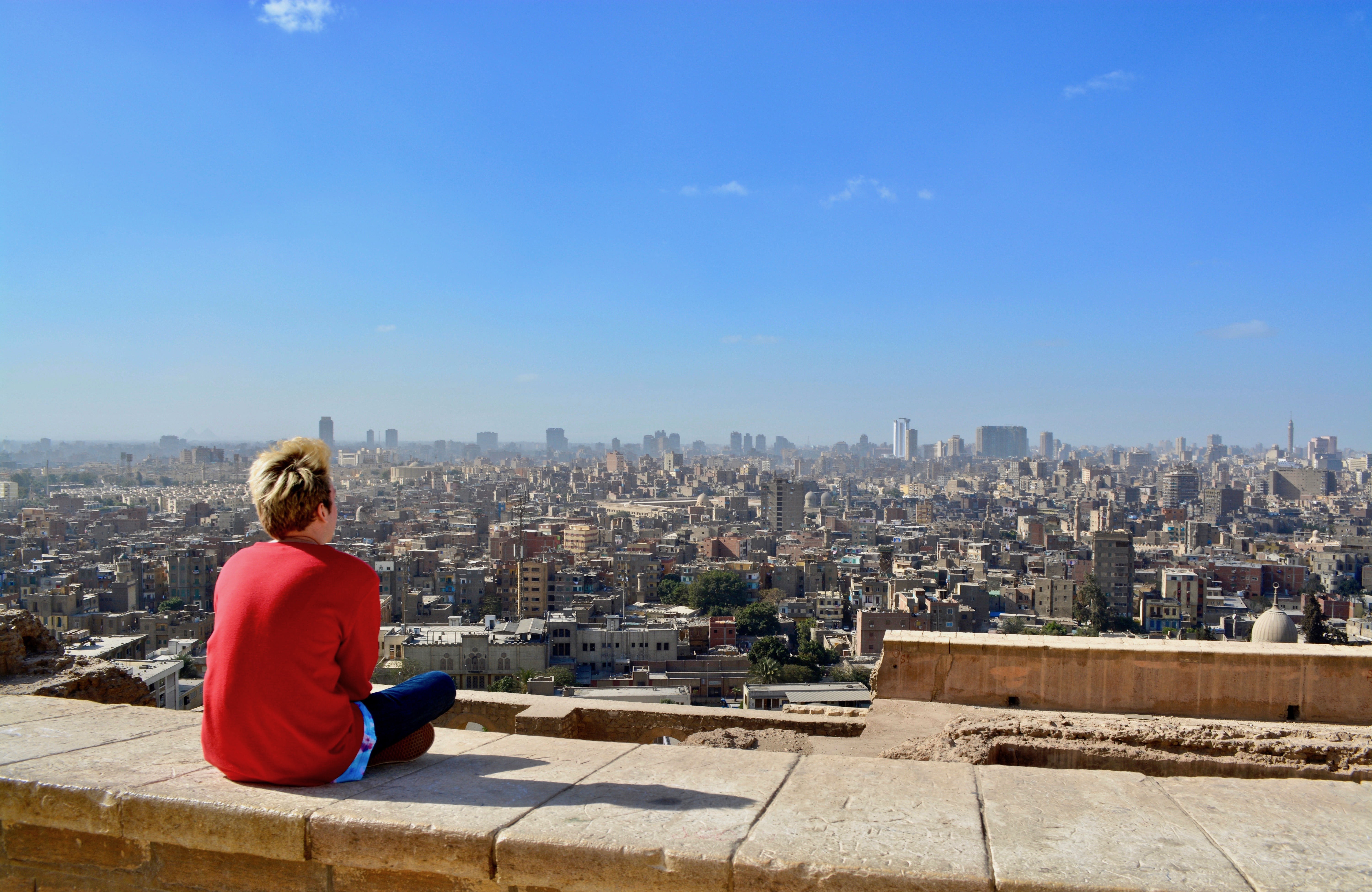hello,
i'm Tyler, the

skills
projects
i like to code. here's some stuff i've been working on
(React, Redux, Express, MongoDB Atlas, Cloudinary)
Hot Lunch is a social media service that prioritizes content based on an interactive rating system, allowing users greater opportunity for engagement and influence over the content that reaches their friends.
It's built around a seamless and responsive React front end that encourages engagement via interactive UI components. All requests from the front end are handled by an Express.js server, which in turn connects to remotely hosted storage provided by both Cloudinary and MongoDB Atlas.
I've included an option to login with some preset credentials if you'd like to poke around and get a feel for what's here.
Source code at hot-lunch on github.
tags
digital guitar effects pedal
(Teensy, embedded C)
I was inspired to do this while working my way through a text on designing audio plugins in C++. The hardware here is pretty simple. An op-amp acting as a buffer biases the input signal from the guitar to 4.5V, then attenuates the signal to 3Vpk-pk before feeding it through an audio adapter to the line input of Cortex M4-based development board. The idea from here is simple - implement whatever DSP algorithms I want and upload the new code to yield whatever guitar effect my heart desires (and my brain can figure out). I'll never spend $200 on a boutique digital delay ever again.
So far I've managed to implement a simple delay and some filters based on parameters set by potentiometers also being polled in real-time by the DSC. I hope to expand the pedal's capabilities in the future.

tags
(ReactJS)
This one was built to serve as practice for React.js concepts/features as I was learning. The app itself is pretty straightforward - build a burger and order it. Previous orders are stored in a database and can be viewed again after placed. There's some form validation and routing and other fun stuff going on. Check it out. Just don't use your real contact info.
Source code at burger-builder on github.
tags
fractal generator
(C++, SDL)
This is an interactive desktop app written in C++ and utilizing the SDL graphics library. The program generates a fractal image representing the Mandelbrot set by implementing the escape-time algorithm. The program further implements histogram coloring based on customizable ranges set by the user in main. Each range corresponds to a subset of the histogram, and the colors at the start and end of the ranges are specified using a custom RGB struct. Pixels whose iteration number falls in between the start and end of the range are given a color that is a linear function of the difference between the start and end colors.
To zoom in on a particular area, the user simply clicks the UI at the desired point. A zoom frame is added to an array maintained by the program, and the dimensions of the next frame are calculated before the zoomed image is re-rendered. To return to the last zoom frame, the user simply presses backspace. The max number of iterations executed before the program determines a point falls within the Mandelbrot set is customizable via a constant declared in Mandelbrot.h. Adjusting this constant trades off rendering speed for resolution.
Next, I hope to add elements to the GUI that will allow the user to customize the histogram coloring ranges and iterations per pixel without directly editing the source code. I also hope to optimize the drawing of the fractal by improving on my current implementation of the escape-time algorithm.
Source code at fractal-generator on github.

tags
you made it this far. let's get in touch.


